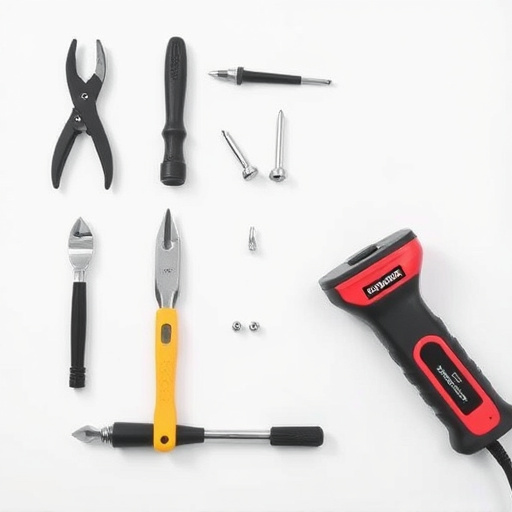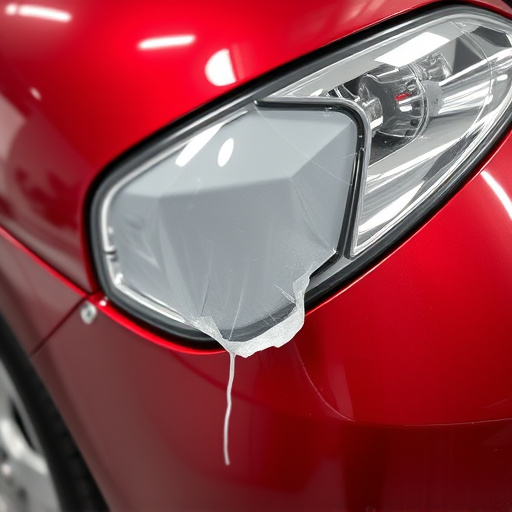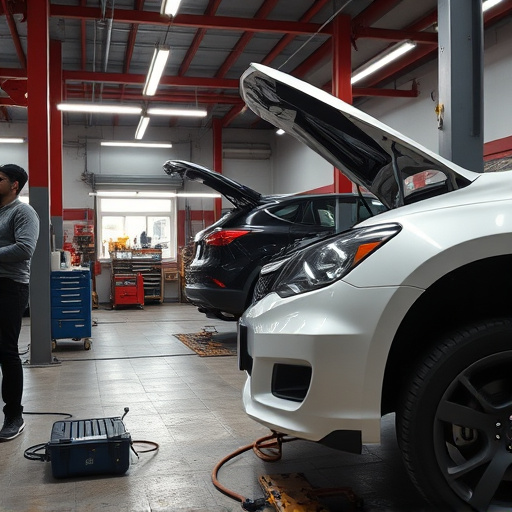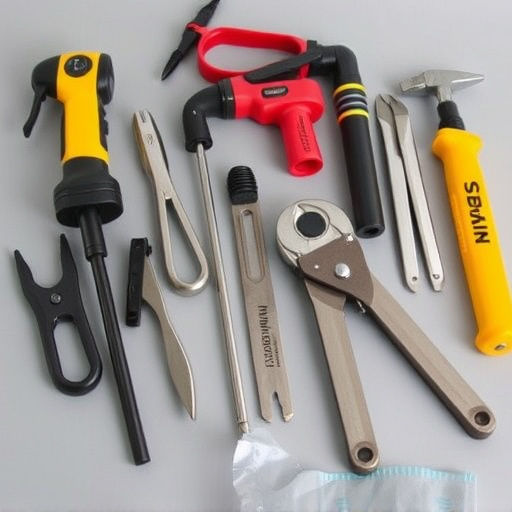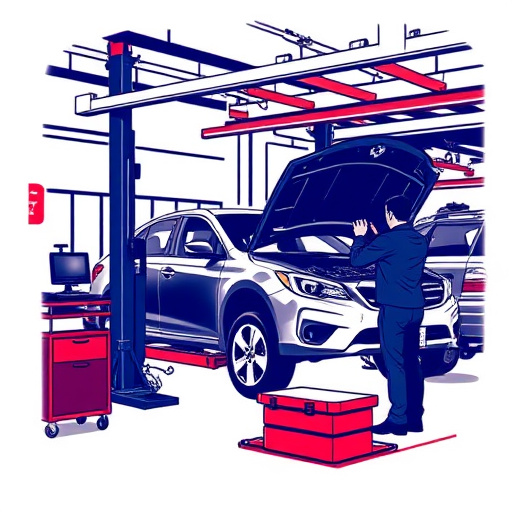Choosing between OEM-certified replacement parts and aftermarket alternatives for auto body work depends on priorities: quality & reliability (OEM) vs. cost & speed (aftermarket). OEM parts perfectly match vehicle specifications, ensuring superior compatibility, performance, and safety, but come at a higher price. Aftermarket parts are cheaper and readily available, but may vary in quality and could cause future issues. Consider warranty, manufacturer reputation, and specific repair needs before deciding for optimal vehicle health and value retention.
When it comes to maintaining your vehicle, choosing the right replacement parts is paramount. This decision hinges on a choice between OEM-certified components and aftermarket alternatives. This article guides you through the intricacies of each option. We’ll explore the advantages of OEM-certified parts in terms of quality assurance and performance, while also highlighting the cost savings and widespread availability of aftermarket choices. By understanding these nuances, you’ll be empowered to make an informed decision for your vehicle’s health.
- Understanding OEM-Certified Parts: Advantages and Quality Assurance
- Exploring Aftermarket Alternatives: Cost-Effectiveness and Availability
- Making an Informed Decision: Factors to Consider for Your Vehicle's Health
Understanding OEM-Certified Parts: Advantages and Quality Assurance

OEM-certified replacement parts are those that have been specifically designed and manufactured to meet the exact specifications of a vehicle’s original equipment maker. This means they are made with the same materials, adhere to the same quality standards, and often come with the same warranties as the parts originally installed by a collision repair center or auto body work shop during manufacturing. The primary advantage lies in their superior compatibility and performance, ensuring they seamlessly fit and function within the vehicle, without requiring additional frame straightening or modifications.
Furthermore, OEM-certified parts offer peace of mind in terms of quality assurance. Since these parts are backed by the original manufacturer, you can expect a consistent level of craftsmanship and reliability. This is particularly important for critical components that play a significant role in a vehicle’s safety, performance, and longevity, such as those involved in auto body work or frame straightening processes.
Exploring Aftermarket Alternatives: Cost-Effectiveness and Availability

When exploring options for auto body restoration or collision repair services, one path that stands out is considering aftermarket alternatives. This route offers a cost-effective solution for vehicle dent repair and other cosmetic issues, making it an attractive choice for budget-conscious car owners. Aftermarket parts are often significantly cheaper than OEM-certified replacement parts, which can save you substantial amounts of money, especially for extensive repairs.
The availability of aftermarket options is another advantage. Due to high demand and diverse suppliers, these parts are usually readily available at local auto parts stores or online retailers. This accessibility ensures that getting the necessary components for your vehicle’s restoration or repair is swift and efficient, allowing you to focus on the actual process of auto body restoration rather than spending time searching for parts.
Making an Informed Decision: Factors to Consider for Your Vehicle's Health
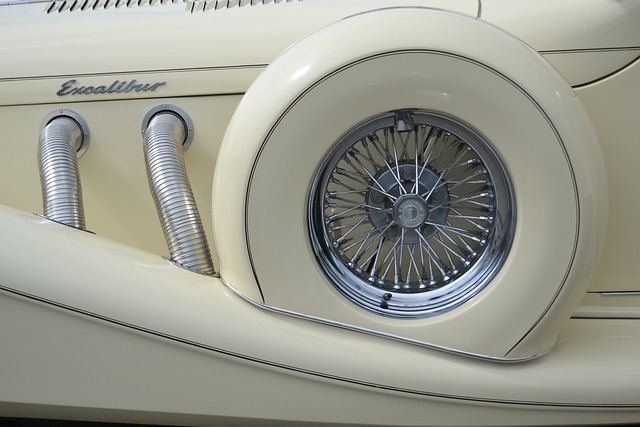
When deciding between aftermarket and OEM-certified replacement parts for your vehicle, it’s crucial to consider several factors that directly impact its health and longevity. While aftermarket parts can be more affordable, their quality and compatibility may vary, potentially leading to future issues. On the other hand, OEM-certified parts are designed specifically for your make and model, ensuring a seamless fit and superior performance.
OEM-certified replacement parts undergo rigorous testing and adhere to strict manufacturing standards, making them reliable choices for maintaining and repairing your vehicle. Choosing these parts can also help preserve the value of your car, as they contribute to its original condition. Consider factors like warranty coverage, manufacturer reputation, and the specific needs of your vehicle’s car bodywork services or auto collision repair requirements before making a decision.
When deciding between OEM-certified and aftermarket parts, balancing quality, cost, and availability is key. While OEM parts offer superior quality assurance and performance guarantees, aftermarkets provide cost-effectiveness and a wider selection. To ensure your vehicle’s optimal health and longevity, weigh these factors carefully based on your budget, needs, and the specific requirements of your vehicle. Ultimately, making an informed decision will help you drive with peace of mind.
